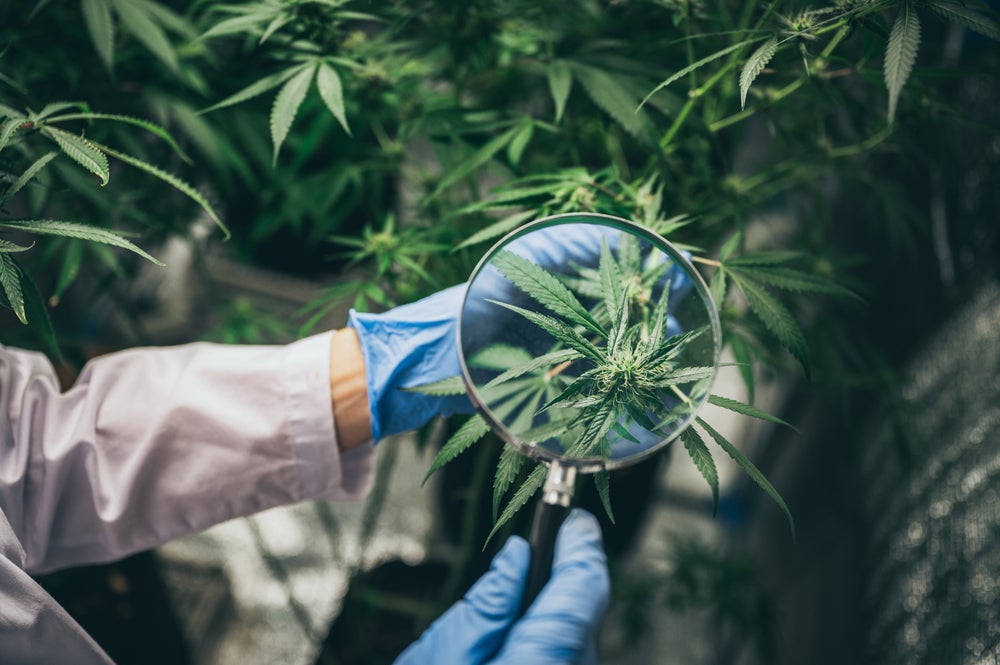In the ever-expanding world of cannabis cultivation and consumption, quality control has become paramount. Whether you’re a recreational user, a medicinal user, or a cultivator, understanding what goes into your cannabis is crucial for both safety and efficacy. This guide will delve deep into the importance of quality control in cannabis and how to ensure the product you consume is of the highest standard.
Why is Quality Control Important?
Safety: Cannabis that isn’t grown, processed, or stored correctly can contain harmful contaminants like mold, pesticides, or heavy metals.
Potency: To get the desired effects, users need to know the THC and CBD concentrations.
Medical Efficacy: For medicinal users, consistency and purity are vital. Contaminated or inconsistent products can lead to adverse effects or diminished therapeutic benefits.
Legal Compliance: Many regions have strict regulations on cannabis cultivation and sale, requiring rigorous quality control checks.
Key Aspects of Cannabis Quality Control:
1. Genetic Quality:
The cannabis plant’s genetics dictate its potency, growth characteristics, and resistance to diseases. Quality control starts with selecting high-quality seeds or clones from reputable sources.
2. Growth Environment:
Whether grown indoors, outdoors, or in a greenhouse, the environment plays a crucial role in the plant’s health.
Soil Quality: Plants need nutrient-rich, well-draining soil. Testing the soil can help identify any deficiencies or contaminants.
Water Quality: Water shouldn’t contain harmful chemicals or pathogens.
Pest and Disease Management: Organic, non-toxic pest control methods are preferable. Regularly inspect plants for signs of diseases or pests.
3. Harvesting and Processing:
Timely Harvest: Plants should be harvested at the right time to ensure optimal cannabinoid and terpene profiles.
Drying and Curing: These processes should be done carefully to prevent mold growth and preserve the buds’ quality.
Extraction (if applicable): If producing cannabis extracts, the solvents and methods used should be safe and efficient.
4. Laboratory Testing:
This is perhaps the most crucial step in quality control.
Potency Testing: Determines the concentration of cannabinoids, primarily THC and CBD.
Safety Testing: Screens for contaminants like mold, bacteria, heavy metals, and pesticides.
Terpene Profiling: Terpenes influence the cannabis experience and therapeutic benefits. Profiling helps users predict the effects and flavors.
Residual Solvent Testing: If extracts are made using solvents, it’s vital to ensure no harmful residues remain.
5. Packaging and Storage:
Protect from Light and Air: Exposure can degrade cannabinoids and terpenes. Opaque, airtight containers are ideal.
Moisture Control: Too much moisture can lead to mold, while too little can degrade trichomes. Humidity packs can help maintain optimal moisture levels.
Child-Proof Packaging: Especially important for products that resemble candies or baked goods.
How Consumers Can Ensure Quality:
Buy from Reputable Sources: Whether dispensaries or direct cultivators, ensure they follow strict quality control procedures.
Ask for Lab Reports: Reputable sellers should provide third-party lab test results.
Educate Yourself: Understand what good quality cannabis looks, smells, and tastes like.
DIY Cultivation: If legal in your area, consider growing your own cannabis. This gives complete control over what goes into your plants.
Conclusion:
With the global shift towards cannabis legalization and acceptance, the emphasis on quality control has never been more critical. As the industry continues to grow and evolve, both cultivators and consumers must prioritize safety and efficacy. By understanding the importance of quality control and taking proactive steps, we can ensure that the cannabis consumed is not only effective but also safe. Knowledge is power, and in the world of cannabis, it’s the key to a quality experience.












